Final Fantasy 14: Shadowbringers - How Natsuko Ishikawa wrote the best Final Fantasy in years
Final Fantasy 14’s 2010 launch was a catastrophe that the series barely survived. It was only through sheer perseverance and determination that it did, the developers at Square Enix grinding away in their own real-world MMO.
Naoki Yoshida was given a chance to take the wheel and right the ship. In the end, he and team did so spectacularly and have forged perhaps gaming's greatest comeback story. In September of 2013, the realm of Eorzea was reborn.
Six years have passed since Final Fantasy 14: A Realm Reborn released and its players first ventured into the land of Eorzea as The Warrior of Light.
In that time, they've brought peace to the Holy See of Ishgard after a thousand years of the Dragonsong War, toppled the Garlean Empire's occupation of the city-state of Ala Mhigo, and thwarted the Ascian cult's efforts to summon the evil god Zodiark. Every deed of heroism done for the light, for the spectrum we all see as righteous.
Then Shadowbringers blew out the candles and left players in the dark.
In Final Fantasy 14's newest world, Norvrandt, life has been torn out at the root by a malevolent flood of brightness. Forests are now deserts, kingdoms are now tombs, and the people that remain fear that they might contort into eldritch horrors. Norvrandt has not seen the night sky in a century. If players want to save this world, they must cast aside their incandescent title and become The Warrior of Darkness.
"With the narrative of Shadowbringers, we focused on why so many people associate everything moral and virtuous with light," Natsuko Ishikawa, main scenario writer for Shadowbringers, explains. "To some people, what may seem like the right of way, or what's true or good for them might not necessarily be good for everyone."
In Eorzea, players have always been champions of the light. Every selfless deed and victory bell toll was done so under The Warrior of Light guise. Light is good, and darkness is evil. It's a motif that's been with the genre’s storytelling for as long as anyone can remember.
But in Norvrandt, The Warrior of Light is no one. Nothing.
"We had the concept of turning the light vs. darkness motif on its head because we wanted players to consider how critical perspective is," Ishikawa explains. "Players have already seen how Eorzea's people view light as everything that is 'good’. However, light is the mark of evil in Norvrandt. That's why in Shadowbringers, being a champion of darkness was a great way to introduce that concept.
"Part of why we're comfortable doing the flipside of these motifs is that Final Fantasy 14's narrative is ongoing. The story dates back for years now - there's a lot of material to work with and juxtapose. Whereas if it were a standalone title, a lot of the time, you have to conclude the story in one sitting. So it isn't as easy to present multiple perspectives."
Of course, players need a tangible adversary to do battle with, which is where the Sin Eaters come in. These beings are the ushers of the encroaching light — luminescent beasts hellbent on snuffing out all life in Norvrandt.
"We took two distinct approaches when designing Sin Eaters," Takeo Suzuki, art team lead on Shadowbringers, says. "There were many different kinds of Sin Eaters that appeared throughout the story that players had to fight. So we wanted many varying designs.
"Unfortunately, there was not enough staff to create the many Sin Eaters we had imagined. So we had to be efficient with the assets already at our disposal. Some of our existing monster designs already had a base color of white or blue, leaving us with the question: 'can we do color variants on those?'"
"The other approach was a lot more work," Ishikawa adds. "For the Lightwardens, the major Sin Eaters, an original model was created for each. These used to be a living being that was twisted into a Sin Eater by the light. So care was taken to ensure we honored what the Lightwardens originated from, whether it was a person or an animal."
Perhaps the most harrowing scene in Shadowbringers is witnessing one of these transformations for the first time. Limbs contort in the wrong direction as sinew tears, all while the victim writhes in agony. Horror is rare in Final Fantasy, but it was entirely intentional.
"It's a graphic sequence, but we wanted this scene to set the tone for the rest of the expansion," Ishikawa states. "I kind of feel bad for players that are not fans of horror and that scene may have been too scary," she says this while brandishing a devilish smile.
Shadowbringers's narrative didn't just spring out of the ground, though. The seeds were planted in patch 2.1, A Realm Awoken, which was released back in December of 2013. This introduced players to the Crystal Tower storyline and its main character G'raha Tia. Though no matter how well-tended the soil was, the team couldn't guarantee the story would play out exactly as envisioned.
"When work began on A Realm Reborn and the re-launch, we couldn't be sure that there would ever be an expansion, let alone three of them," Ishikawa says. "So the narrative could never leave players hanging for too long or clamoring for resolutions that may never come into fruition. Each storyline has to be resolved to some extent.
“However, we do leave certain loose ends. For example, the Crystal Tower alliance raid series. Part of that conclusion contained an element that we wanted to use for a future storyline — a cliff-hanger of sorts. With Shadowbringers, we could finally return to it. So there are hints like that sprawled out like that within Final Fantasy 14's overarching narrative, and we try to connect those dots when we find the right time for them."
The cliff-hanger she's referring to involved G'raha Tia being sealed away in the Crystal Tower. At the time, most players assumed they would never see him again; he would be lost to time forever.
Then the Crystal Exarch, a new, mysterious hooded character introduced in Shadowbringers, had his cowl torn back to reveal his true identity. After six years of story patches and several expansions, G'raha Tia returned, and long-time fans lost their s**t.
"It's an important reveal and significant moment for many reasons, not just for players, but for those of us on the development team as well," Ishikawa explains. "It's an example of those loose ends we leave coming around full circle later down the line.
“But at the same time, we wanted people to come to like the Crystal Exarch without knowing his backstory. So that regardless of their familiarity with the Crystal Tower storyline, old and new players alike got to know him on the same terms. It's why his face is hidden for most of Shadowbringers. Though, of course, those that played through the Crystal Tower series first would have that added shocking reveal. So we weren't afraid to have a position where some players might not have the whole truth behind him."
Those narrative loose ends left by the team also allowed them to expand upon numerous previous storylines that were a bit undercooked. In patch 3.4, Soul Surrender, which was released in September 2016, players clashed swords with a group called The Warriors of Darkness. They had no proper names, and there was a vague mention of them being from a dying world consumed by light. It was hard to care at the time. It was the eve of the Stormblood expansion's announcement, which focused on the here and now in Eorzea, not some far off world that didn't have a name. Soul Surrender came and went like a bad filler arch in a prime time drama. As it turns out, the Soul Surrender patch was the foundation for Shadowbringers.
That dying world was Norvrandt, and the leader of The Warriors of Darkness was a spunky chap named Ardbert, now your predecessor and a ghostly companion that guides players throughout Shadowbringers. Ardbert confides in players that he and his comrades were indirectly responsible for the flood of light ravaging their homeland. They thought vanquishing darkness would bring about an era of peace to Norvrandt.
"We didn't want to paint Ardbert and his cohorts as villains," Ishikawa states. "With the new role-quest system, you can witness their triumphs, growth, and inevitable fall. They had a history of helping the downtrodden, of being heroes. Unfortunately, they made a big mistake, and their world suffered for it.
"People tend to believe that darkness is inherently evil, and Ardbert thought so as well. He did not notice the evil in this light until it was too late. If he paid closer attention rather than act on instinct, things would be different. From a scenario perspective, Ardbert is a reminder that people can have the best intentions and still fail. Again, perspective is important."
Though for as magnificent as the Crystal Exarch, Ardbert, and the rest of the Shadowbringers cast might be, one gaudy fellow with a swagger stole the show: Emet Selch, the villain of not just this expansion, but the architect of much injustice, suffering, and tragedy in Final Fantasy 14.
"I adore writing 'last bosses’,”Ishikawa explains. “I love the concept of that kind of villain. Not just Emet Selch or any other specific character, but someone that thinks they're in the right when in reality, their actions are monstrous. They might have a striking background that makes them relatable on some level, yet you still need to defeat them because they're evil. I'm very proud of how I could depict Emet in the narrative."
Even though we are only a few months removed from Shadowbringer's launch, Emet Selch's popularity has skyrocketed, with many considering him to be in the same league as Final Fantasy 6's Kefka and Final Fantasy 7's Sephiroth in terms of the series best villains.
"His popularity was utterly unexpected," Suzuki states. "When I was designing the model from his build to his hair, to his form, to his face, he's not exactly the best looking guy. I couldn't believe people took such a liking to him."
"I put a lot of work into writing Emet. He was my character, so, you know, I wanted him to be popular," Ishikawa adds. Everyone in the room laughs.
From Rinoa and Squall in Final Fantasy 8 to Tidus and Yuna in Final Fantasy 10, the series has a long, storied history with romance as a core theme. Due to its nature as an MMO, Final Fantasy 14 can’t incorporate romances into its main story. However, the developers have been happy to include ambiguous lines and content that allow players to fill in the void of romance with characters like Ser Aymeric, Haurchefant, and G’raha Tia. With fans taking such a shine to Emet, many have debated if his relationship with the player character had a romantic tinge to it.
"We are very particular when it comes to platonic and romantic relationships with the characters in Final Fantasy 14," Ishikawa explains. "Especially in their relation to the player character. Sometimes we get away with little scenes hinting at romance, for example, the brief exchange with Alisaie in Shadowbringers. In most cases, though, it's up to the player to determine what the relationship is.
“So if you imagined there's a romantic element with a particular character, you're perfectly fine in doing so. However, we will not explicitly say whether a character's relationship with the player is romantic or platonic. I know this answer might seem unfair to some, but we do love that players can interpret these relationships in many different ways."
There's ambiguity, and then there's things players can only speculate about. One such detail is the white streak in Emet Selch's hair. With the light and dark motifs of Shadowbringers, one has to wonder if it has thematic significance regarding to the concept of good and evil, light and darkness.
"Ishikawa is the only one that knows the answer to that question," Suzuki says.
Ishikawa smiles and shrugs.
"It's true. Maybe you will find out why and perhaps you won't. Emet's hair is like that for a reason, though." Ishikawa states.
"The team is looking forward to finding out, along with the rest of you," Suzuki replies.
Norvrandt isn't just another world to explore though; it's a mirror image of Eorzea. The maritime land of Kholusia bears much of the same iconography as La Noscea. From dock workers breaking their backs in industrialized seaport towns to the endless blue of the ocean scraping at the horizon, the visual parallels are hard to miss.
"That was intentional by design," Suzuki explains. "From a creator’s perspective, of course, it is easier to repurpose environments that already exist. That's not what we did, though. We made some difficult decisions when it came to retaining the spirit of those old [A Realm Reborn] zones while bringing something new to them as well."
"I feel bad because I'm part of the group that would give the design team requests on how the different arena would look," Ishikawa adds. "Amh Araeng, in particular, was hard for the teams to coalesce on because it wasn't supposed to be yet another desert environment. There needed to be some visual distinction to the representation."
Suzuki grimaces a bit and stares at the ceiling.
"Yes, Amh Araeng was hard," he sighs. "We wanted to make it look like the buildings in the zone eroded due to all the wind and the sand; which is something the art team had never done before. It was a big challenge.
“With the previous expansions, the zones complimented new gameplay systems. Those being flying mounts in Heavensward, and swimming in Stormblood. So there were many high peaks in the former and deep oceans in the latter. But with Shadowbringers, we didn't have any new gameplay mechanics per se, so we weren't designing zones based mechanics this time. Just our imaginations. It was liberating despite still being difficult."
The map zones weren't the only area where the art and writing teams had to grit their teeth to avoid an impasse. Amaurot, the final dungeon, tested them as well.
In Amaurot, players witness the end of a world, the bookend of a long-dead civilization. It's a harrowing vision. Skyscrapers collapse and bury a fleeing populace alive, while fire rains from the heavens rending the surface glass. All of this happens while Emet Selch recounts the tragedy in your ear, a painful inflection in his voice.
"There were several iterations of Amaurot before we got it right," Ishikawa explains. "Some of the discussions we had with the dungeon designers involved the dungeon coming to an end around phase two in the actual game. Before you go into space."
Ishikawa wasn't satisfied. So she pushed the designers to go higher.
"So when the dungeon team came to me and presented Amaurot's finale. I said 'that's not what I wanted, let's go higher, up into the stratosphere - I wanted to see the stars!',” she says. “It was important for the story because I wanted players to see the whole planet was in danger."
Her persistence paid off. In the final game, at this point in Amaurot, there's a transition from the planet's surface up into space.
"When I heard that's what she wanted, I was a bit worried," Suzuki admits. "The scale was immense, like nothing the dungeon team had done before. But I'm glad she pitched the idea and pushed us further. The final product was well worth it."
A through-line on this expansion is the whole team coming to trust Ishikawa with Final Fantasy 14's writing reins. Like the expansions before it, Shadowbringers has a musical number that encapsulates the story's themes: Tomorrow And Tomorrow.
Pray don't forget us
Your bygone kin
With one world's end
Does a new begin
And should our souls scatter
Unto the wind
Still we shall live on
"Tomorrow And Tomorrow is meant to be from the perspective of someone going away, passing the torch to another person or generation," Ishikawa explains. "In Shadowbringers, it could be from the perspective of several characters. Maybe it's from those that turned into a Sin Eater to those that are still alive. Perhaps it's from G'raha Tia, Ardbert, or Emet Selch towards the player, or the Ancients to everyone that lives in modern times. It's about trusting those that come after you."
With Shadowbringers, Natsuko Ishikawa was given a chance to pen the storyline. The result propelled Final Fantasy 14 to heights and further solidified it as one of the greatest Final Fantasy games ever made. Time and time again, Final Fantasy 14 has proven that passing the torch is vital to survival. So long as the new blood remembers to stand tall.
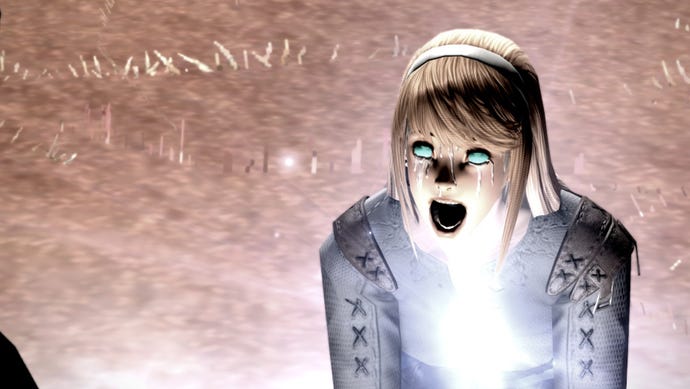

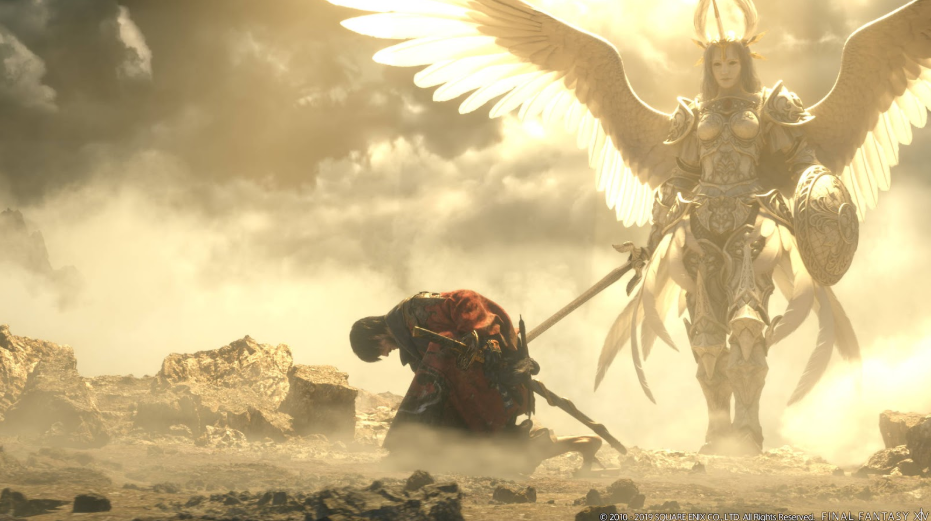
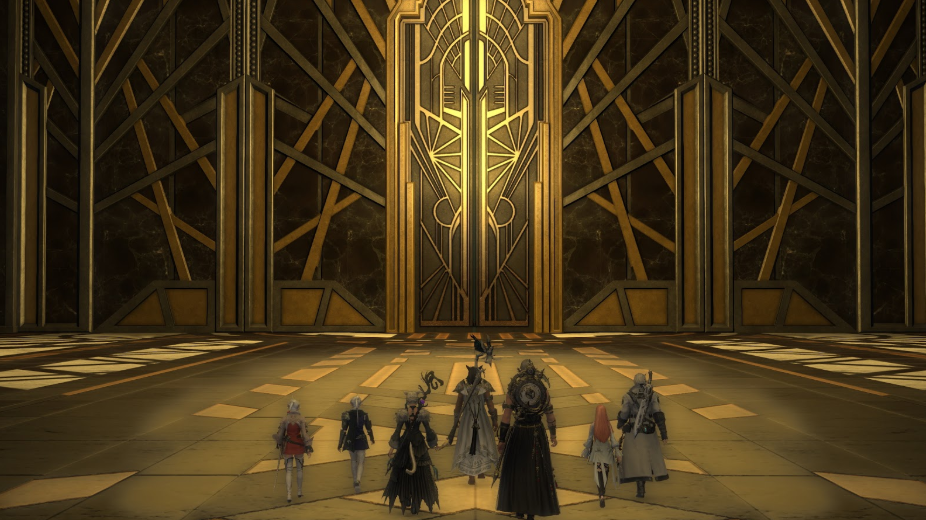





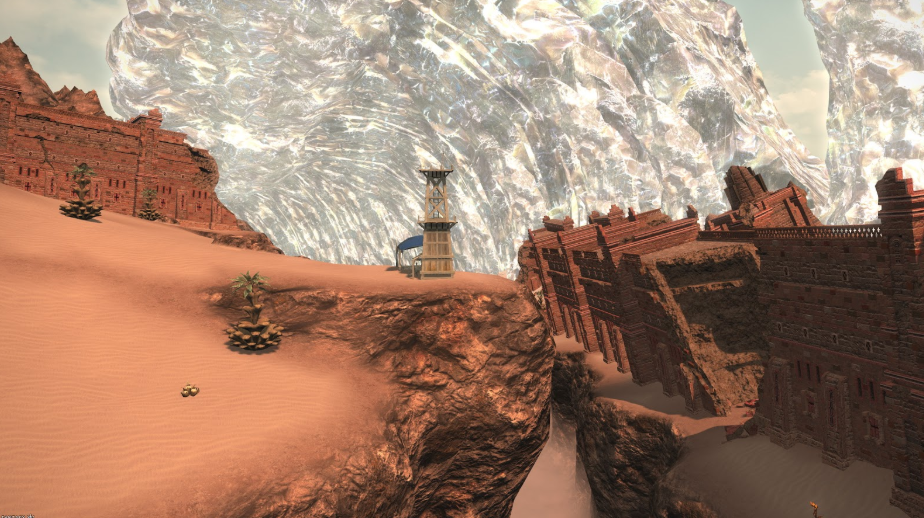
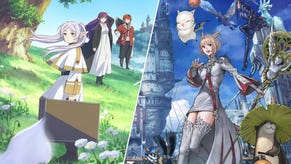


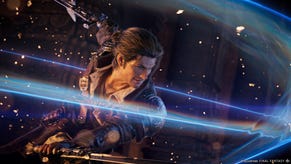


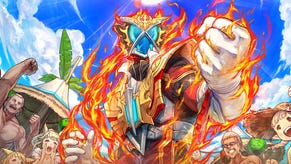



_ddwYK80.png?width=291&height=164&fit=crop&quality=80&format=jpg&auto=webp)



